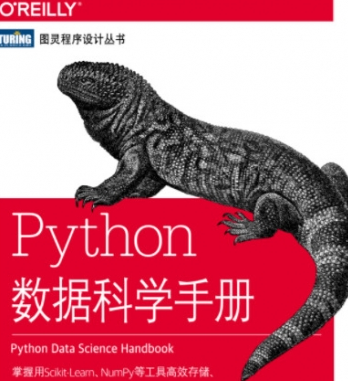python数据科学手册pdf免费自由下载
列表生成式即List Comprehensions,是Python内置的非常简单却强大的可以用来创建list的生成式。
一、相关知识预习:
range(start,stop,step)
start: 计数从 start 开始。默认是从 0 开始。例如range(5)等价于range(0, 5);
stop: 计数到 stop 结束,但不包括 stop。例如:range(0, 5) 是[0, 1, 2, 3, 4]没有5
step:步长,默认为1。例如:range(0, 5) 等价于 range(0, 5, 1)
二、实例
[0 for i in range(10)]创建包含10个0的列表
打印结果:[0, 0, 0, 0, 0, 0, 0, 0, 0, 0]
[x*x for x in range(2,8)] 原型:[2*2,3*3,4*4,5*5,6*6,7*7]
打印结果:[4, 9, 16, 25, 36, 49]
两层循环,可以生成全排列
[m + n for m in 'ABC' for n in 'XYZ']
['AX', 'AY', 'AZ', 'BX', 'BY', 'BZ', 'CX', 'CY', 'CZ']
列出指定目录下的所有文件和目录
import os
print([d for d in os.listdir('D:/')])
列出D盘下的所有文件和目录

判断列表中的元素是否str类型,如果是str类型就转换为小写
def testListGenerate():
l = ['Hello', 'World', 18, 'Apple', None]
a = [i.lower() for i in l if isinstance(i, str)]
print (a)
testListGenerate()
打印结果:['hello', 'world', 'apple']
